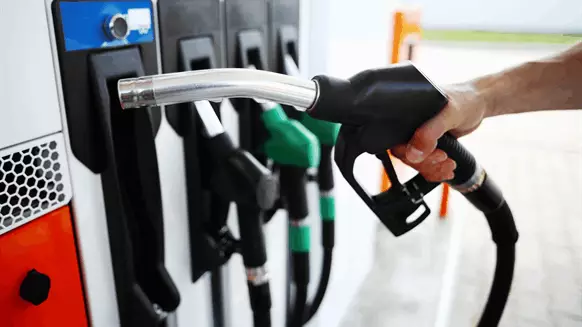
A wave of new oil refining capacity that’s coming on stream won’t be enough to solve a global shortage of diesel, jet fuel and similar petroleum products.
That’s the takeway from the Paris-based International Energy Agency’s monthly report on Wednesday, which shows that increased processing — as new plants come online — this year and next will fall well short of what’s needed to match demand for these so-called middle distillate fuels.
“There is little hope that the undersupply will ease in the near future given strong demand growth and constrained refinery output,” the IEA said. The agency’s forecast for future refining processing is “not sufficient to fully meet middle distillates demand in 2022 or in 2023.”
What that means is that even next year, refineries will still be making less middle distillate — a category that also spans kerosene used in heating and gasoil used in ship fuel — than the world needs. That’s not ideal given that stockpiles have already been steadily whittled away globally by recovering demand.
Prices for middle distillates have surged in recent weeks amid unprecedented shortages, fanning inflation and causing pain at the pump for drivers. But with the IEA forecasting a demand ramp up in 2022 and 2023, more fuel will be needed.
Middle distillates make up about a third of global oil demand, but that proportion rises to 55% in Europe, with just under half of the cars in European Union countries running on diesel.
Most of the new oil refinery capacity coming online this year and next is in the Middle East, China and Africa, including Nigeria’s long-awaited Dangote plant, with a capacity of 650,000 barrels a day. This year will see total net capacity additions of just over 1 million barrels a day, followed by almost 1.6 million barrels a day in 2023.
The extra amount of oil refineries process this year and next will fall short of what’s needed to balance the middle distillate markets — although the deficit will be smaller than it was in 2021, when net refining capacity shrank, according to the IEA.
Source: Rigzone.com



